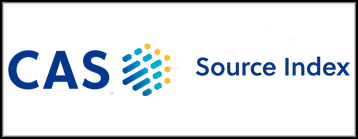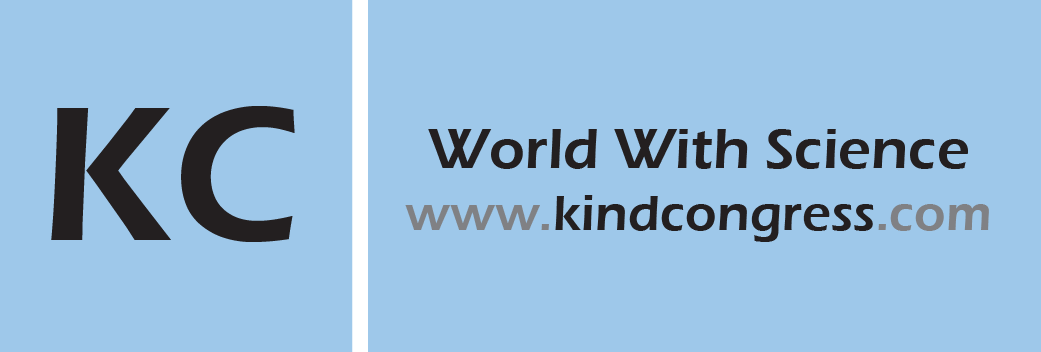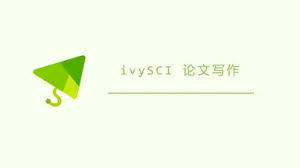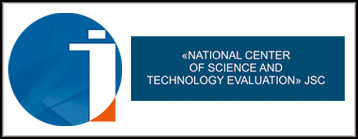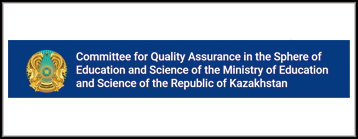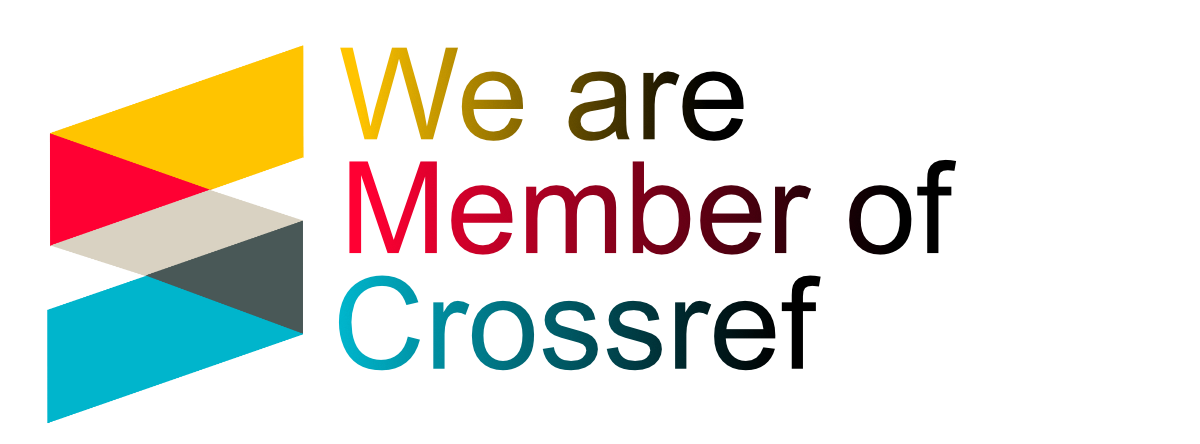Study of hydrogen permeability of membranes coated with various metal films (Review)
DOI:
https://doi.org/10.31643/2019/6445.28Keywords:
hydrogen, carbon raw materials, membrane, steam conversion, solubility.Abstract
Recently, the search for an effective method for producing ultrapure hydrogen has been one of the most urgent tasks, which allows us to solve industrial problems where the use of hydrogen with a purity of more than 99.9999% is critical. Hydrogen makes up 10% of the mass of living systems on our planet, but the main source of its production is carbon raw materials, in particular natural gas, from which ≥90% of the world's hydrogen is produced. One of the most promising methods for the evolution of hydrogen from gas mixtures resulting from steam reforming is single-stage membrane separation to produce ultrapure hydrogen. The development of a membrane for separating hydrogen from gas mixtures is one of the most important tasks of hydrogen energy. We know that the hydrogen molecule is diatomic - H2. Under normal conditions, it is a gas without color, odor or taste. Hydrogen is readily soluble in many metals (Ni, Pt, Pd, etc.), especially in palladium (850 volumes of H2 per 1 volume of Pd). The solubility of hydrogen in metals is associated with its ability to diffuse through them.
Downloads
References
Burkhanov G. S., Gorina N. B., Korenovskiy N. L., Roshan N. R., Chistov E. M. Effektivnyye membrany iz splavov palladiya dlya izvlecheniya vysokochistogo vodoroda iz vodorod –soderzhashchikh gazovykh smesey // Sbornik IMET RAN. Moskva. 2013. 413-417 (in Russ.)
Lukomskiy Yu. Ya., Fiziko-khimicheskiye osnovy elektrokhimii. –Gamburg: dom Intellekt. 2008.424 (in Russ.)
Korovin N. V. Toplivnyye elementy i elektrokhimicheskiye energoustanovki. Moskva: MEI. 2005.280 (in Russ.)
Lavrenko V. A. Katodnoye vydeleniye vodoroda na disilitsidakh titana. volframa i molibdena i sootvetstvuyushchikh metallakh. Ukraina: Dopovidi Natsionalnoi akademii nauk Ukraini. 2007. 98-103 (in Russ.)
Gavrilova N. V. Perspektivy ispolzovaniya vodoroda v energetike // Elektrotekhnicheskiye kompleksy i sistemy upravleniya. 2008. 1. 60-65 (in Russ.)
Petukhov I. V. Vliyaniye kontsentratsii komponentov rastvora khimicheskogo nikelirovaniya na topografiyu i mikrorelyef Ni-P pokrytiy // Elektrokhimiya. 2008.44. 2. 161-172 (in Russ.)
Sherman R., Birnbaum H. K. // Met. Trans. A. 1983.14A.203–209 (in Eng.)
Livshits A. I., Notkin M. E., Samartsev A. A. // J. Nucl. Mater.1990.170. 74–94 (in Eng.)
Livshits A., Sube F., Notkin M., Soloviev M., Bacal M. // J.Appl. Phys. 1998. 84. 2558–2564 (in Eng.)
Busnyuk A., Nakamura Y., Nakahara Y. et al. // J. Nucl.Mater.2001. 290–293. 57–60 (in Eng.)
Hatano Y., Watanabe K., Livshits A. et al. // J. Chem. Phys.2007.127. 204 (in Eng.)
Fromm E., Gebhardt E. // Gase und Kohlenstoff in Metallen. 1976. 747 (in Eng.)
Busnyuk A. O., Notkin M. E., Grigoriadi I. P., Alimov V. N., Livshits A. I. Termicheskaya degradatsiya palladiyevogo pokrytiya vodorodopronitsayemykh membran iz niobiya // Zhurnal tekhnicheskoy fiziki. 2010.80. 1 (in Russ.)
Burkhanov G. S.. Gorina N. B.. Kolchugina N. B.. Roshan N. R. // Ros. khim. zhurn. 2006.4. 36 (in Russ.)
Knapton A.G. // Platinum Metals Rev. 1977. 21. 2.44 (in Eng.)
Shu J., Adnot A., Grandjean B. P. A., Kaliaguine S. // Thin Solid Films. 1996. 286.1–2. 72 (in Eng.)
Ali Jawad K., Newson E. J., Rippin D. W. T. // J. Membrane Sci. 1994. 89. 1–2. 171 (in Eng.)
Paglieri S. N., Way J. D. // Separation & Purification. Rev. 2002. 31. 1. 1 (in Eng.)
Panichkin A. V., Mamayeva A. A., Kenzhegulov A. K., Imbarova A. T. Vodorodopronitsayemost membran iz niobiya i tantala. pokrytykh sloyem volframa razlichnoy tolshchiny // Effektivnyye tekhnologii proizvodstva tsvetnykh. redkikh i blagorodnykh metallov. Almaty. 2018. 440(in Russ.). https://doi.org/10.31643/2018-7.38
Chistova T. V. Issledovaniye vodorodopronitsayemosti membran iz splava Pd –40mass. % Cu. // Fiziko-khimiya i tekhnologiya neorganicheskikh materialov.Moskva. 2017. 77-78(in Russ.)
Zhua K., Lia X., Zhua Zh., Chena R., Sua Ya., Guoa J., Rettenmayrb M., Liub D. Analysis of W/Mo alloying on hydrogen permeation performance of dual phase Nb-Ti-Ni alloys based on hydrogen chemical potentials. // Journal of Membrane Science. 2019.584. 290–299(in Eng.). https://doi.org/10.1016/j.memsci.2019.05.004
Panichkin A. V., Mamayeva A. A., Derbisalin A. M., Kenzhegulov A. K., Imbarova A. T. Vliyaniye sostava nanosimykh na poverkhnost plenok tverdykh rastvorov na kharakteristiki vodorodopronitsayemykh membran iz niobiya i tantala. // Kompleksnoye ispolzovaniyemineralnogo syria. 2018. 4. 130-139(in Russ.). https://doi.org/10.31643/2018/6445.39
Panichkin A. V., Derbisalin A. M., Mamayeva A. A., Dzhumabekov D. M., Imbarova A. T . Razrabotka metoda polucheniyagradiyentnykh po sostavu sloyev na poverkhnosti vodorodopronitsayemykh membran na osnove niobiya i tantala. // Kompleksnoye ispolzovaniye mineralnogo syria. 2016. 2. 69-75(in Russ.). https://doi.org/10.31643/2018/166445
Suzuki A., Yukawa H., Nambub T., Matsumotoc Y., Murataa Y. Analysis of pressure–composition–isotherms for design of non-Pd-based alloy membranes with high hydrogen permeability and strong resistance to hydrogen embrittlement. // Journal of Membrane Science.2016.503. 110–115(in Eng.).http://dx.doi.org/10.1016/j.memsci.2015.12.030
Awakuraa Y., Nambub T., Matsumotoc Y., Yukawaa H. Hydrogen solubility and permeability of Nb–W–Mo alloy membrane. // Journal of Alloys and Compounds. 2011. 509. S. 877–S880 (in Eng.).https://doi.org/10.1016/j.jallcom.2010.10.133
Downloads
Published
How to Cite
Issue
Section
License
Copyright (c) 2019 Karboz, Z., & Dossayeva, S.

This work is licensed under a Creative Commons Attribution-NonCommercial-NoDerivatives 3.0 Unported License.












